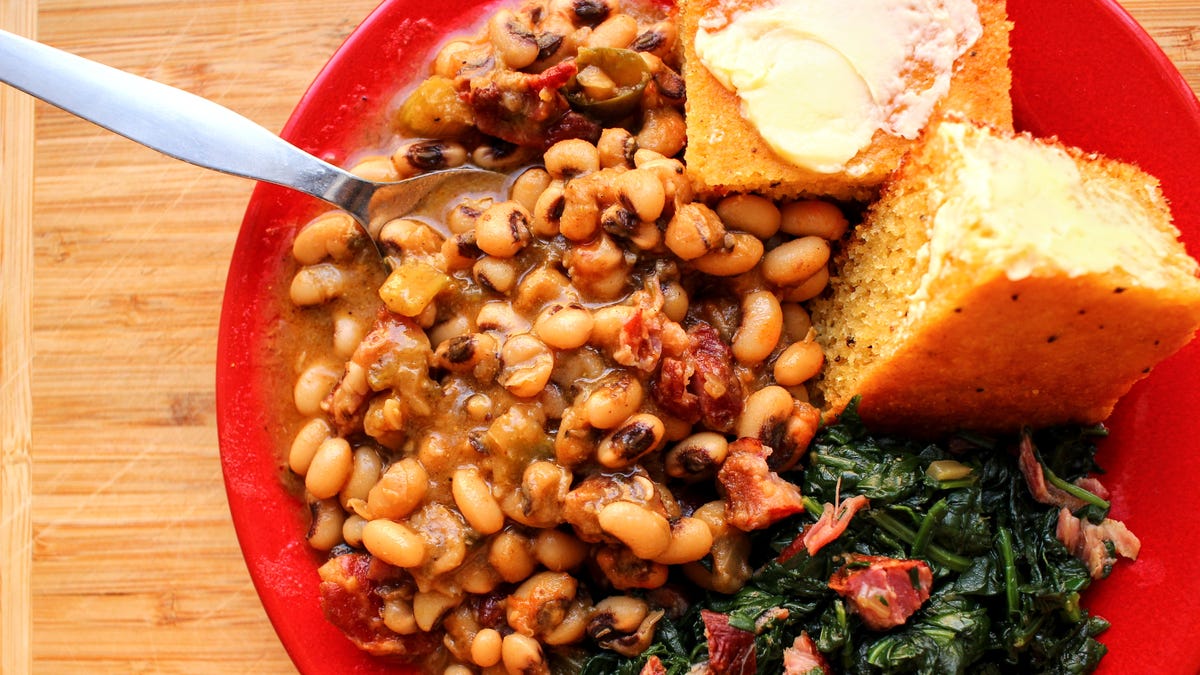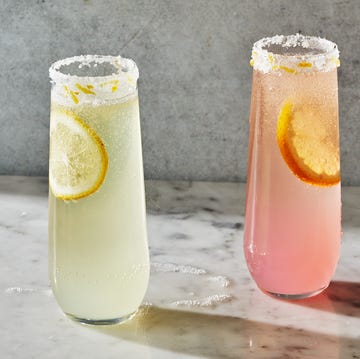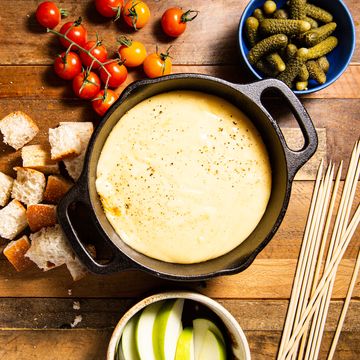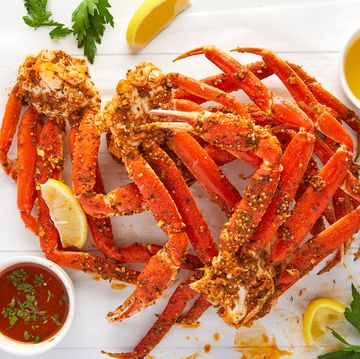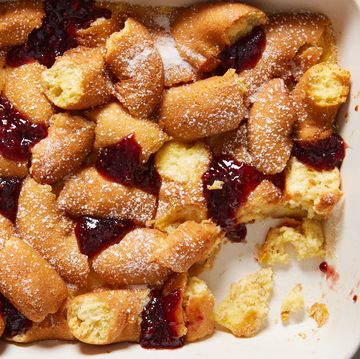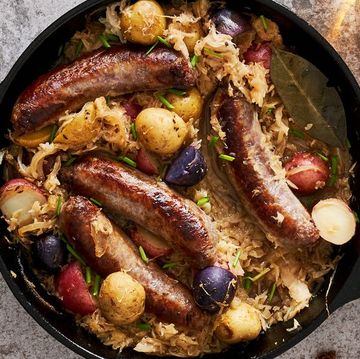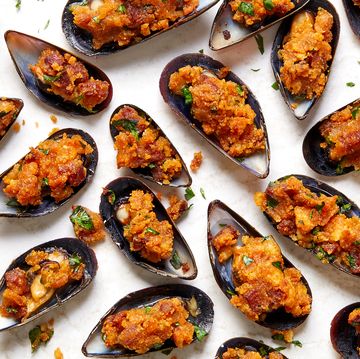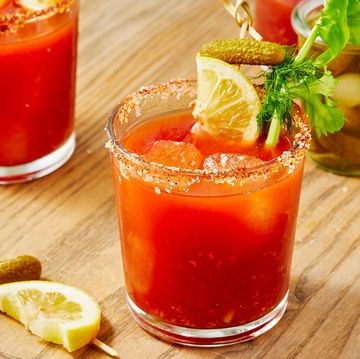If you want to ensure some good luck in the new year, take part in the classic Southern tradition: eat black-eyed peas on New Year's day for a year of fortune and luck. Often seen as symbols for coins, black-eyed peas are said to bring you financial prosperity in the new year ahead. Want to maximize your fortune? Eat 365 beans so that every day is a lucky one. We know—seems like a lot. But with how delicious these beans are, we guarantee you'll have no problem eating all that luck up.
The Origin
Different possible origin stories exist for this tradition. The first version is popular, albeit historically improbable: During the Civil War, having swept through and ravaged the Confederate Army's food supplies, the Union Army largely had ignored the fields of undesirable black-eyed peas, which were then primarily a food for livestock. Left with little else to eat, Southerners relied on this filling ingredient to survive the winter despite the challenging wartime conditions, and black-eyed peas went down in history as a lifesaving grace.
The second origin story takes place around the same era. Also known as the cowpea, black-eyed peas are an Old World crop that was brought by enslaved Africans from their homeland. When enslaved people were officially freed on January 1, 1863 under the Emancipation Proclamation, they ate black-eyed peas to celebrate liberation.
How To Make New Year's Black-Eyed Peas
These black-eyed peas are cooked with a little bit of onion, garlic, spices, and a hunk of fatty salted pork for depth of flavor and a hint of smokiness. You can use anything from fatback and hog jowls to ham hock and slab bacon—or if you don't like pork products, opt instead for some smoked turkey. Tip: Want to make this dish vegetarian? Omit the smoked pork bone, and double up on the smoked paprika, or add some liquid smoke to maintain some smokiness.
If you need to satisfy your craving same day, feel free to skip the overnight soak of the peas in favor of a quick soak. Dried bean purists will always object to skipping an overnight soak, but the honest truth is there’s a better (and faster) way! Soaking the beans in hot water for an hour will yield an identical result to an overnight soak. In a large saucepan, add the beans and cover with water by at least 2 inches. Cover with a lid and bring to a rolling boil. Remove from heat and leave to soak for 1 hour and they'll be ready to go!
What To Serve With Black-Eyed Peas
Serve these beans up with our collard greens, glazed ham steak, hot sauce and cornbread for the most festive (and delicious) New Year's meal.
Made this? Let us know how it went in the comments below!

